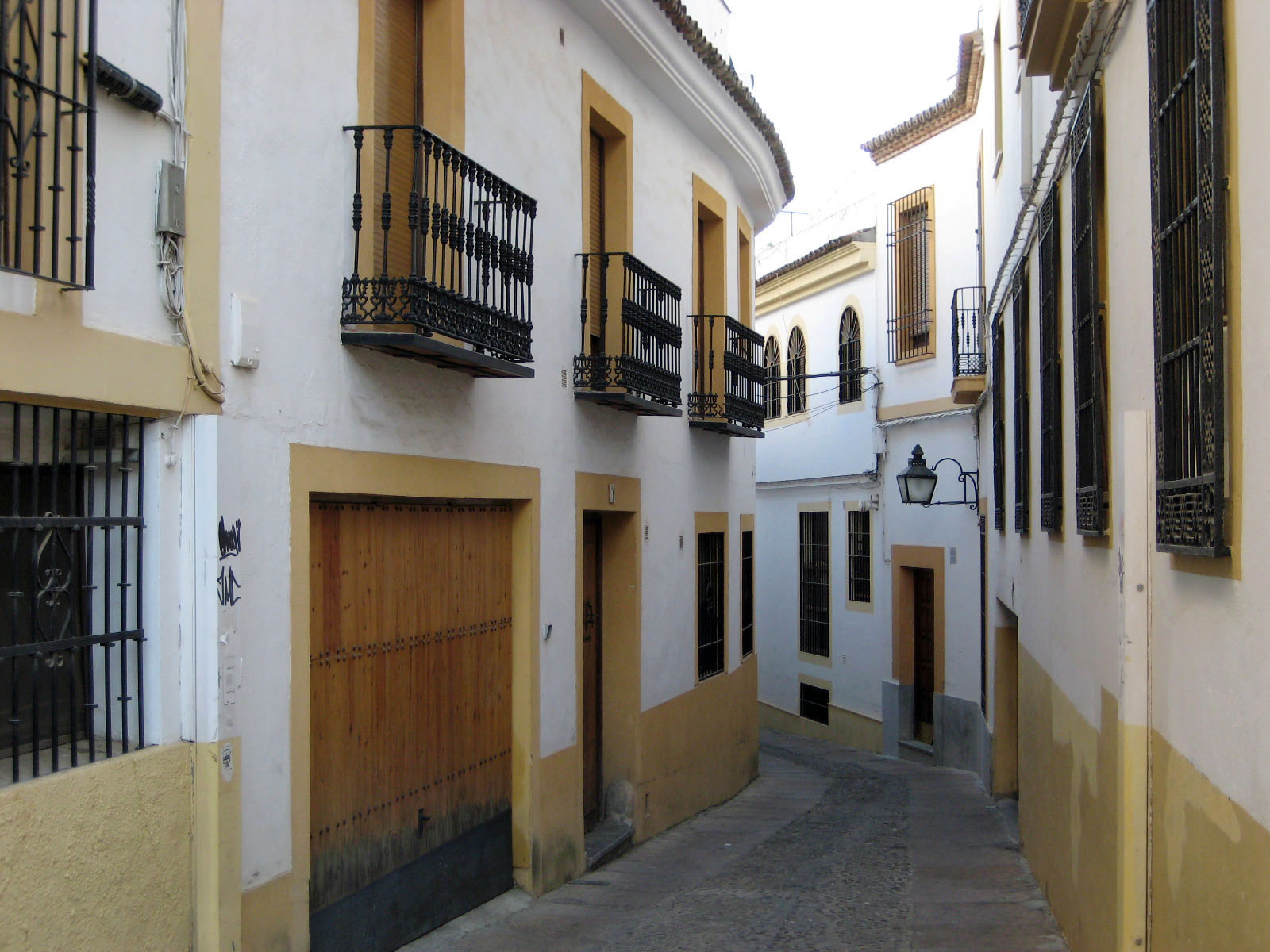 Cordoba
Cordoba
The first thing we discovered out about Cordoba is what wasn’t there, primarily, the street signs. If you look very carefully on some of the streets you might find two small tiles, one of the old street name and one of the new street name. But if you’re driving in a car, it’s almost impossible to see them. And if you do want to drive the streets of Corboba, make sure you have a small vehicle. These narrow lanes were built for horses back in the 16th century. We were OK in our little car but some of the larger SUVs we saw were having a big problem. Then, what the hell are SUVs doing in these little Spanish cities.
When we did find our hotel, the welcoming staff asked “how was your travel to Cordoba?” We told her we were driving the streets for at least 45 minutes trying to figure out how to get here. She smiled and replied, “oh yes, the road signs are a bit difficult to follow”. An understatement.
In some ways, Cordoba is like Venice. Lots of tourists walking the small medieval streets with maps and no one knows where they’re going.
Our hotel, the Hospes Palacio Del Bailio is a renovated 16th century Palace built over a 2nd century Roman villa. It’s a beautiful renovation. The dining room is built on a thick glass floor over the roman ruins. At night, when they light up the ruins below, the ding room appears to be floating over 1800 years of history.
During the Roman community the city was known as Corduba. The philosopher, historian and part-time humorist Seneca was born here. He went to Rome in 54AD as the Emperor Nero’s tutor but in 65, he was implicated in a plot to kill the Emperor and escaped back to Corduba where he killed himself. At least he got to die in his own home instead of at the hands of Nero.
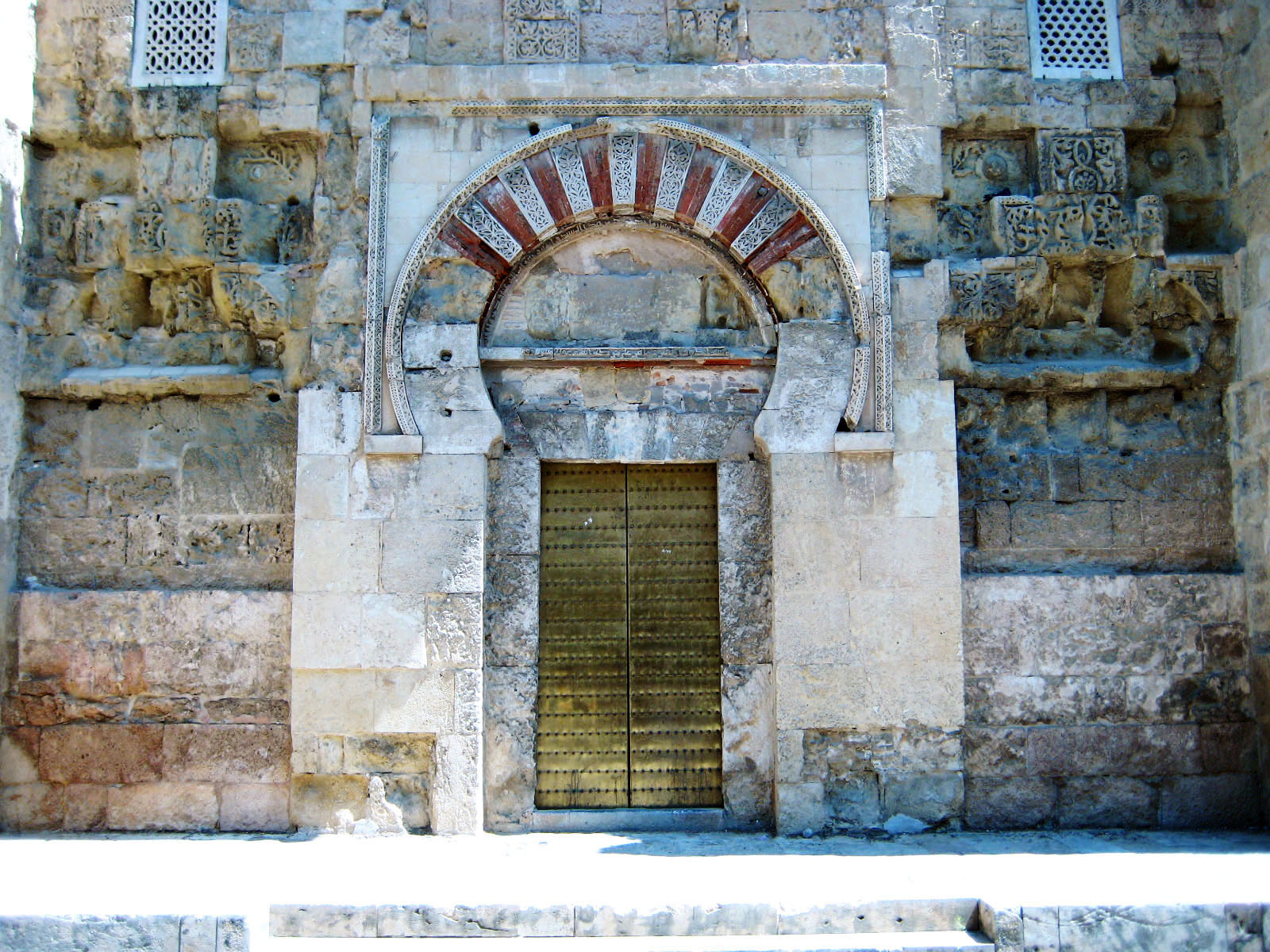
After the fall of the Roman Empire, the Visigoths took the city from the Byzantines but by the 8th century, it was conquered by Abd-ar-Rahman, the Falcon of Andalus. Cordoba became the Moorish capital of the Iberian Peninsula.
By the 10th century, Cordoba was one of the largest cities in the world with a population reaching close to 500,000. There were 3,000 mosques, 80,000 shops and a library with over 400,000 volumes. By the 12th century, Cordoba was one of the most enlightened places in Europe.
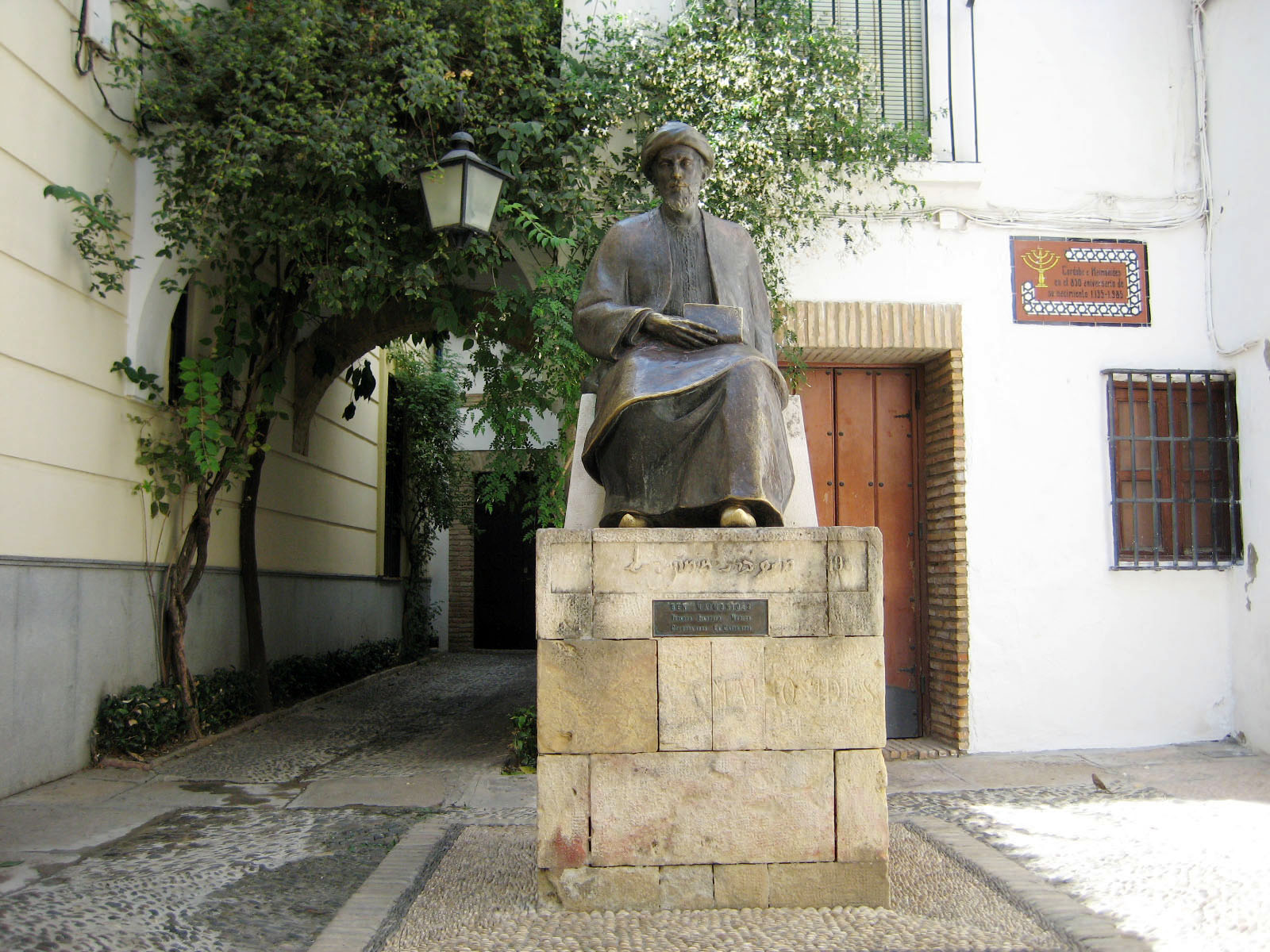 The Cordoban philosopher Averroes brought back classical teachings of Aristotle to Europe. Under the guidance of Moses Maimonides, the Cordoban philosopher, physician and Rabbi, the city celebrated the golden age of Judaism in Spain. Maimonides was known as the greatest physician of his time and in his later life became the personal physician to the great Saladin during the 12th century Crusades. When Richard the Lionhearted was gravely wounded, Saladin sent Maimonides to him to doctor him back to health.
The Cordoban philosopher Averroes brought back classical teachings of Aristotle to Europe. Under the guidance of Moses Maimonides, the Cordoban philosopher, physician and Rabbi, the city celebrated the golden age of Judaism in Spain. Maimonides was known as the greatest physician of his time and in his later life became the personal physician to the great Saladin during the 12th century Crusades. When Richard the Lionhearted was gravely wounded, Saladin sent Maimonides to him to doctor him back to health.
In the 12th century Cordoba was a city of culture, education, medicine, philosophy and religious freedom. Muslims, Jews and Catholics lived in harmony. In the 13th century Fernando III (the Saint), King of Castille and Leon, captured the city and threw it into the Dark Ages for a few hundred years.
The city is a labyrinth of small streets that all seem lead to the Mezquita, the 10th century mosque built over an 8th century Visigoth church. Ferdinand III (the Saint) turned it back into a church, even though it still pretty much looks like a mosque.
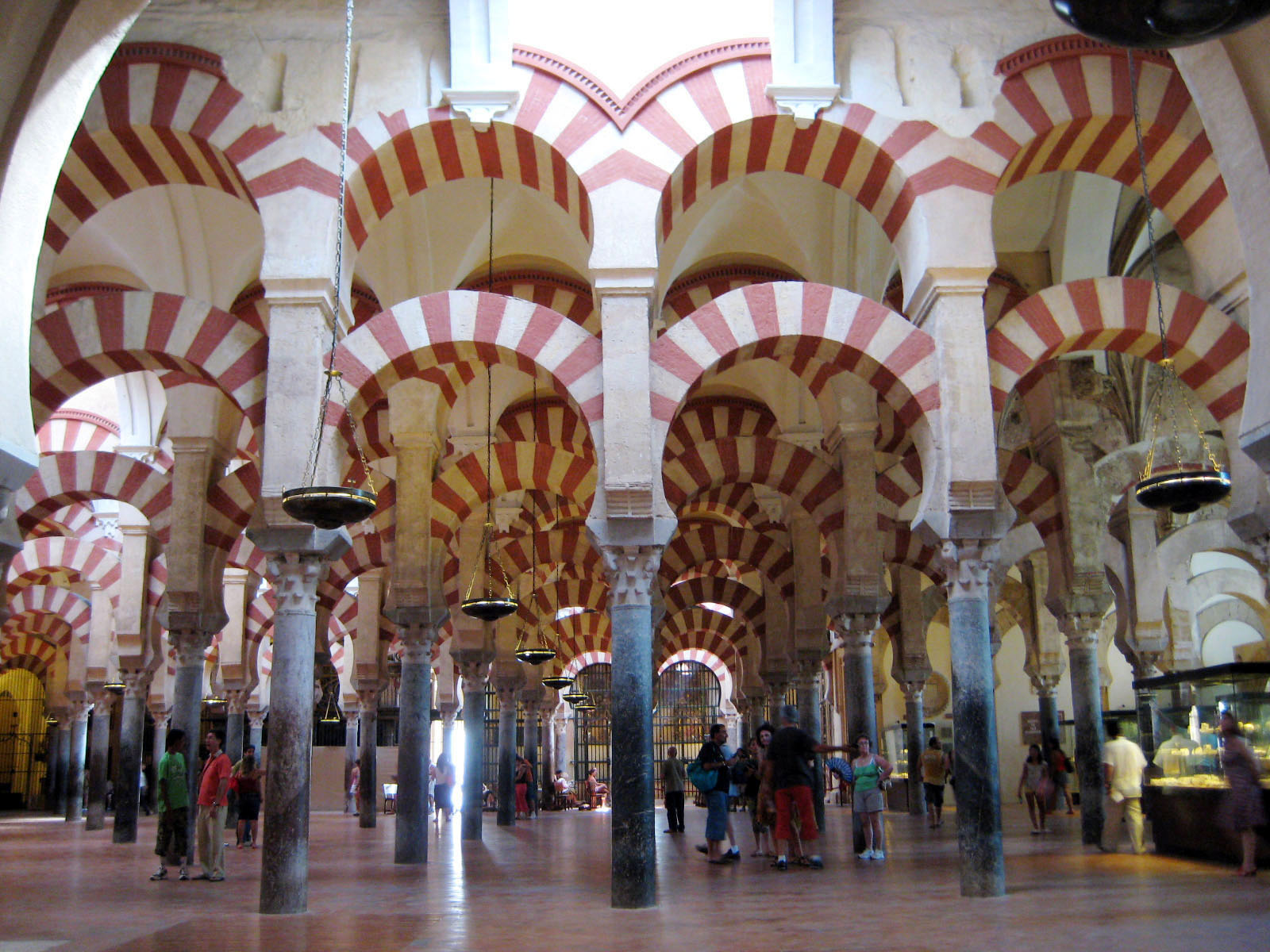 The interior is filled with red and white striped Moorish arches built over 1,000 columns of onyx, jasper, granite and marble taken from old Roman buildings. Once again, ancient Rome served as the foundation for another great civilization.
The interior is filled with red and white striped Moorish arches built over 1,000 columns of onyx, jasper, granite and marble taken from old Roman buildings. Once again, ancient Rome served as the foundation for another great civilization.
As the first Emir of Moorish Spain, Abd-ar-Rahman wanted to make his Mosque the holiest site of the western Islam world and after spreading the rumor that he included the arm of Mohammed in the Mosque, money and support started coming in from all over the Islam empire. The power of relics was and still is astounding and bizarre.
As the city grew in size, so did the Mosque. In the 10th century, the population of the city grew so large, an entire wing was added and it became the second largest mosque in the world next to the holiest shrine in Mecca.
The concept of the Mesquita was simple, a rectangular building with aisles of arches to promote meditation. The building was enclosed on 3 sides with the 4th side leading to a beautiful garden filled with orange trees and a highly sophisticated irrigation system still used today.
Light once spilled onto the arches from the courtyard, but When Ferdinand III turned the Mosque into a church, the trees died from neglect and the open side to the garden was walled in with a large gothic barrier. I guess the Catholics wanted to reduce the attention towards the meditative arches and focus it more on the golden alter they built in the center. The whole place became dark and gloomy, just like the rest of 13th century Spain.
It’s still an amazing structure although the church just doesn’t make sense. In the midst of the rows of simple meditative columns is a grand, golden cathedral looking more like a mistake than an addition. However, if the mosque wasn’t converted into a church it would have probably been destroyed. And so once again, we can thank the church for saving another of the important historical building.
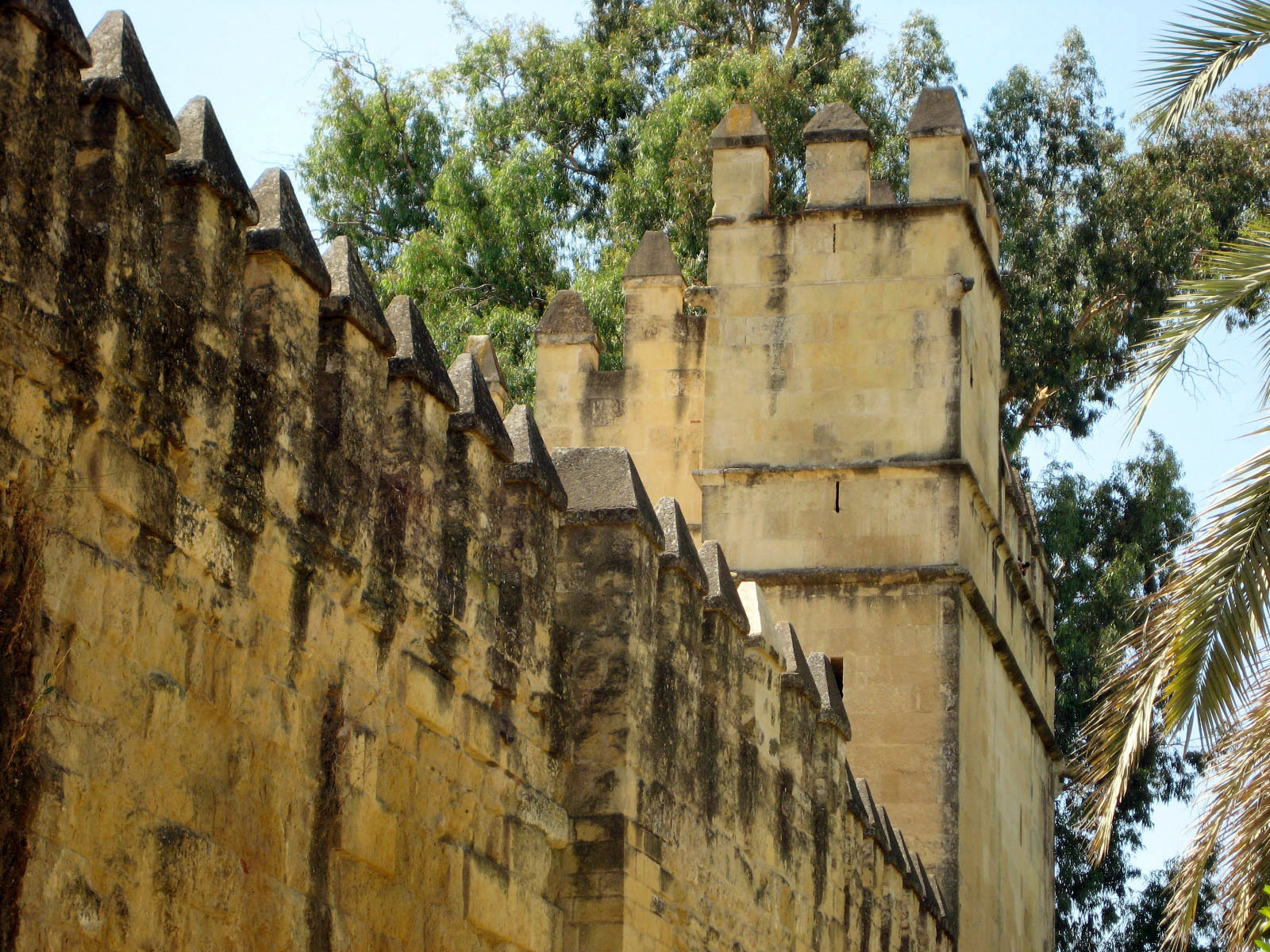 Cordoba is not just the Mezquita. A little further down the river is the Alcazar of the Christian Kings, rebuilt in the 14th century and used as the residences of the officers of the Inquisition for over 300 years. Yes, there were inquisitions from the 1490’s up to the mid 1800’s.
Cordoba is not just the Mezquita. A little further down the river is the Alcazar of the Christian Kings, rebuilt in the 14th century and used as the residences of the officers of the Inquisition for over 300 years. Yes, there were inquisitions from the 1490’s up to the mid 1800’s.
Cordoba also has a 14th century Synagogue on Calle Maimonides that served the jewish community here before the officers of the Inquisition killed them off or ran them out of Spain.
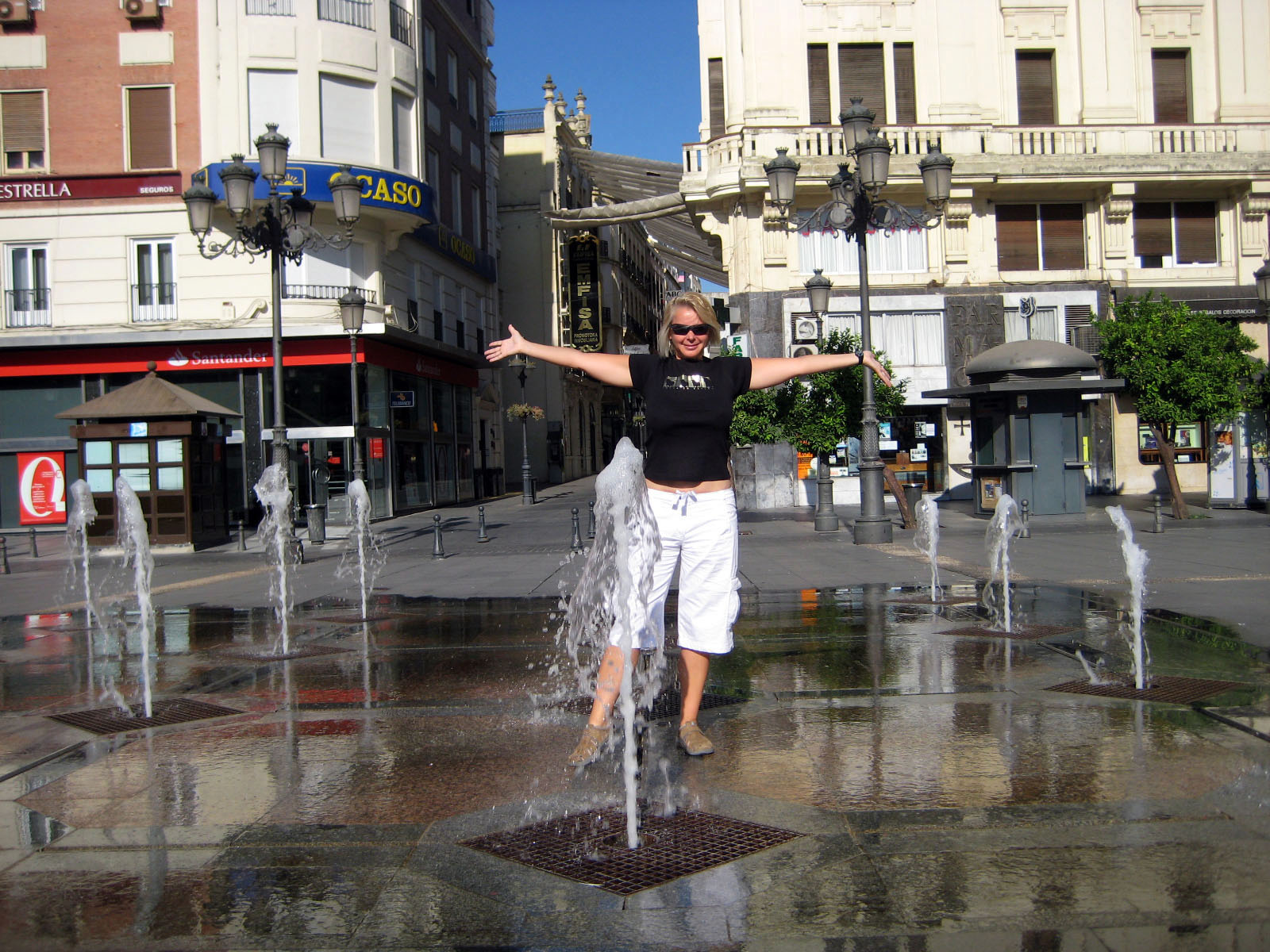 Our hotel is closer to the center of the old Roman Corduba, near the now very Beaux Arts looking Plaza de las Tendillas.
Our hotel is closer to the center of the old Roman Corduba, near the now very Beaux Arts looking Plaza de las Tendillas.
It’s a fun square with cafes, shops, fountains, a reconstructed Roman Temple and a statue of Gonzalo Fernandez de Cordoba, known as El Gran Capitan, the 15th century Cordoban general known as the father of trench warfare. Prior to Napoleon, he was THE definitive military strategist.
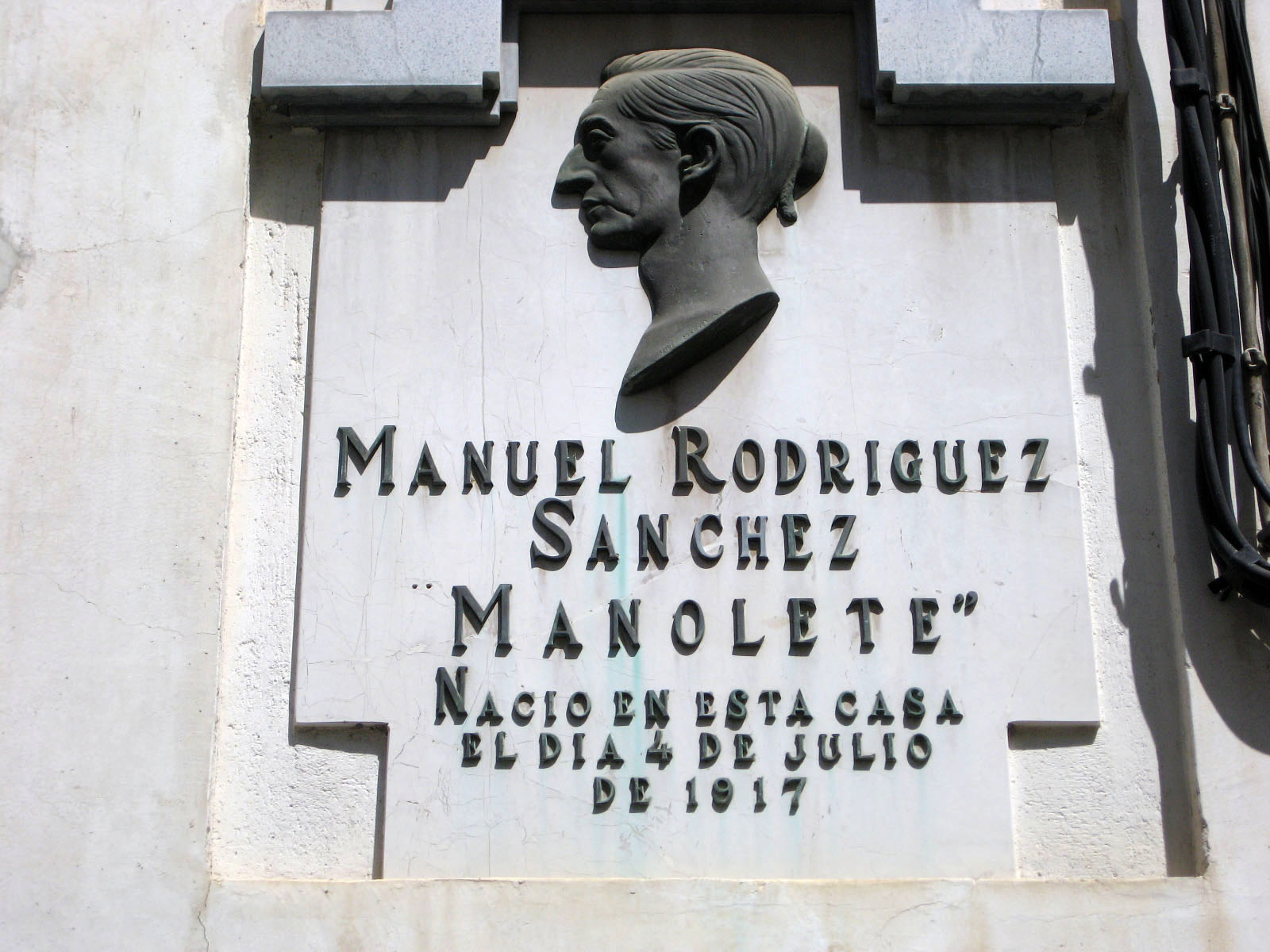 We discovered, we were also a short walk from the birthplace and home of Manuel Rodriguez Sanchez, better known as Manolete, possibly the most famous Spanish bullfighter of all time. At age 22, he was the greatest bullfighter in the world. At 29, he retired and then, at age 30, he was brought out of retirement for one last appearance. And that was exactly what it was. He was killed from the wound inflicted by the bull he was fighting.
We discovered, we were also a short walk from the birthplace and home of Manuel Rodriguez Sanchez, better known as Manolete, possibly the most famous Spanish bullfighter of all time. At age 22, he was the greatest bullfighter in the world. At 29, he retired and then, at age 30, he was brought out of retirement for one last appearance. And that was exactly what it was. He was killed from the wound inflicted by the bull he was fighting.
Very near to the family home was an exhibit of photos from 1942-1947 taken by Ricardo Rodriguez Sanchez (I have no idea if the two were related). The photo story starts in 1942 when Manolete was at the top of his game, a handsome man full of life. By the time we get to 1945, we see a tired Manolete nursing bruises, drinking, cruising the country in his Buick Azul (blue). He not only imported the car from the US, he had to import the refined gas as well. Cars in Spain only ran on diesel fuel.
It all ended in 1947. He was lured out of retirement by Luis Miguel Dominguin, an up and coming bullfighter and international playboy who was dating Ava Gardner at the time. The intentions of Dominguin were good but the timing was bad. Manolete’s style was quiet and deliberate. When he would go in for the kill he would slowly lean over the charging bull and plunge his sword behind the bull’s head into its heart. Other bullfighters would plunge the sword and lean away from any danger from the dying bull, but Manolete would face his opponent head to head till the end. In this contest, it proved to be the wrong choice. Manolete threw himself over the horns of the bull (named Islero) to deliver the “suerte de matar” (the fatal thrust) but Islero was strong and in a dying effort was able to deliver a powerful blow to the bullfighter’s groin. And as Manolete fell back, Islero got in a couple more thrusts before he died.
Manolete died 3 days later from the wounds.
Something else we noticed from the photos was how much Manolete looked like the American actor Adrian Brody. We felt obligated to find some way of contacting Adrian Brody and telling him he had to make the movie. It didn’t take too much searching to find out he already knew of the resemblance. The movie, staring Adrian Brody as Manolete is scheduled to be released in November 2007.
I wasn’t quite sure what to expect from the Costa del Sol. The beach is advertised as the home of the European jet set. Osama Bin Laden used to vacation here before he discovered the caves of Afghanastan. For years, people have told me it’s the Miami Beach of Spain, which to me always meant one long beach of high rise building and little culture.
But we must be at the wrong end of the beach. Here it a nice quiet neighborhood and beautiful homes and a long stretch of beach (at least 7 miles long) filled with families, senior citizens, joggers and bicyclists.
Our hotel bellman showed us to our room (a nice view of the main street) and when we asked if we could have a room overlooking the Mediterranean, we were told “we are sorry, but we are fully booked”. This seemed to echo the sentiment of the rest of hotel staff. They were too “fully booked” to help us with much of anything.
But we figured it all out. Actually, it was all fine. The room was comfortable, the sun was hot, the breeze was cool, we had a terrace, and we were right next door to a famous local bullfighter. We could see his toreador costumes airing out on the terrace. He is known “El Fandi” and he was scheduled to fight in both the Malaga and Marbella arenas.
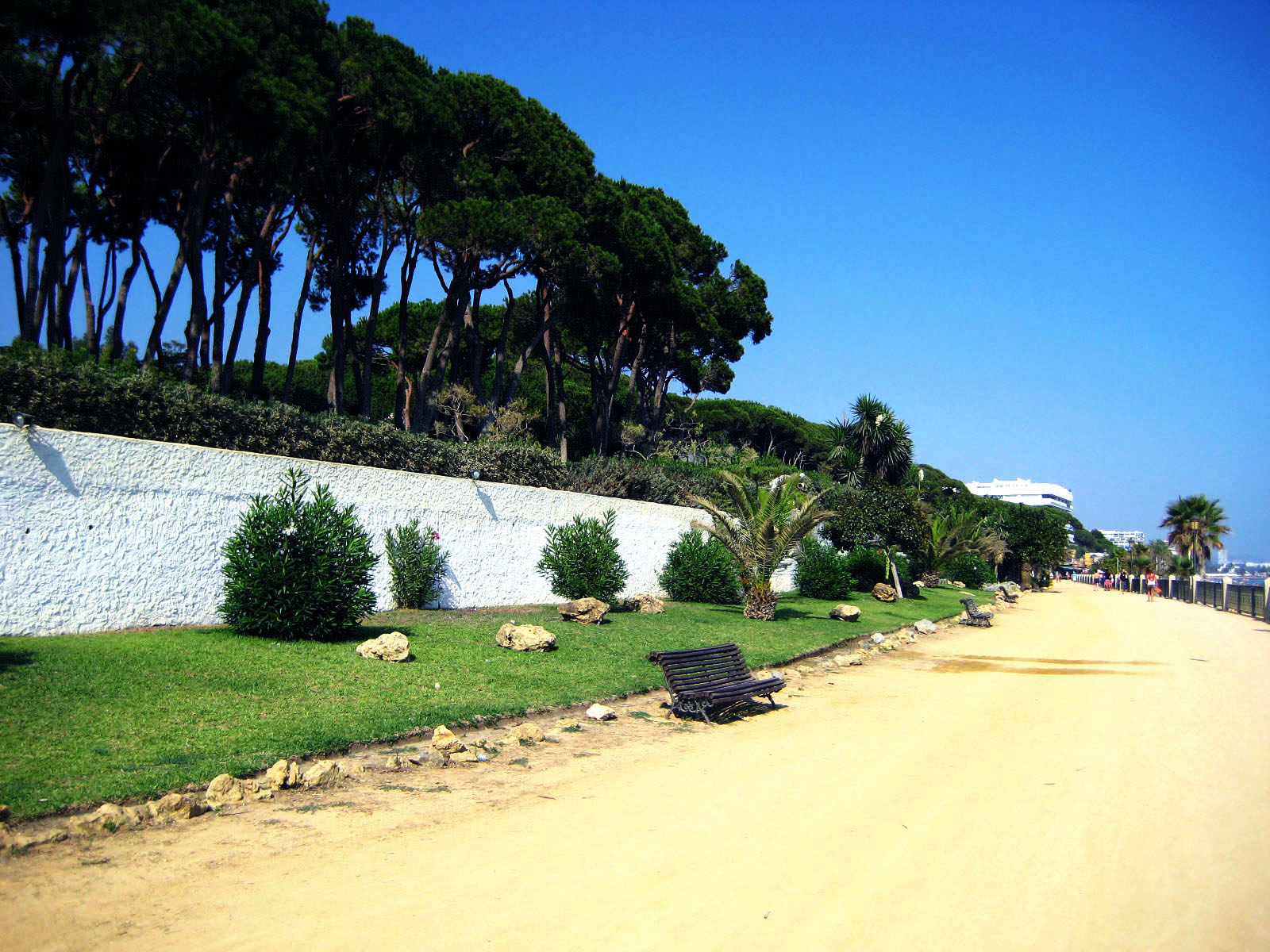
A sand boulevard called the Avenue Victoria sits above the beach and provides a nice thoroughfare for joggers, baby strollers, small dogs, byciclists and an occasional police car. The Ave Victoria is a long stretch of parks, hotels and restaurants with some really good people waching both on the avenue and along the beach below.
We had dinner at La Pesquera on the Chiringuito beach along the Avenue Victoria.
One of the waiters brought by a tray of beautiful large red prawn-like shellfish for another table and I asked what they were. The waiter replaied “Calmarino, they have a most wonderful taste”.
Fish in many European countries is sold by the weight, usually per 100 grams (1 pound = 454 grams). I looked at the menu and saw that the Calmarinos were 12 euros per 100 grams, a bit pricey but when I asked the waiter how much did the 2 calmarinos on the tray weight he told me probably 250 grams. “Excellent”, I said “I’d like two of them.”
They were grilled and seved with lemon, and they were really wonderful until the bill came and I was charged 90 euros ($126). After much confusion, the owner charged me 30 euros. The waiter said his English was bad and he was misinterpreted. Hi English was very good. The owner told me not to worry. And so I didn’t. Maybe I should start carrying a small scale with me when I travel.
 Malaga
Malaga
The thing we love the most about Malaga is listening to the pronunciation. It ranged from Magalla to Balalla to Mahlalla. The only thing we never hear is Malaga. In southern dialect the g is either very soft or doesn’t exist. Of course, the Spanish speak faster than anyone else on the planet.
Part of our hotel package included free entrance to the Picasso Museum in Malaga. Yes, Picasso was born here, but he moved away when he was 14 and never returned. But just the same, his birth lists Malaga as the city and the city is eager to take advantage of the tourist dollars. A beautiful 16th century home in the old town was renovated and in 2003, with the donation of 155 pieces (paintings, sculptures, drawings and ceramics) from Christine Ruiz-Picasso, the widow of the artist’s son Paul, the Picasso museum opened to the public.
The Feria de Malaga (Malaga Fair) ended the night before and everyone was too tired to open for business. The streets were like a ghost town. We were lucky enough to find a café open.
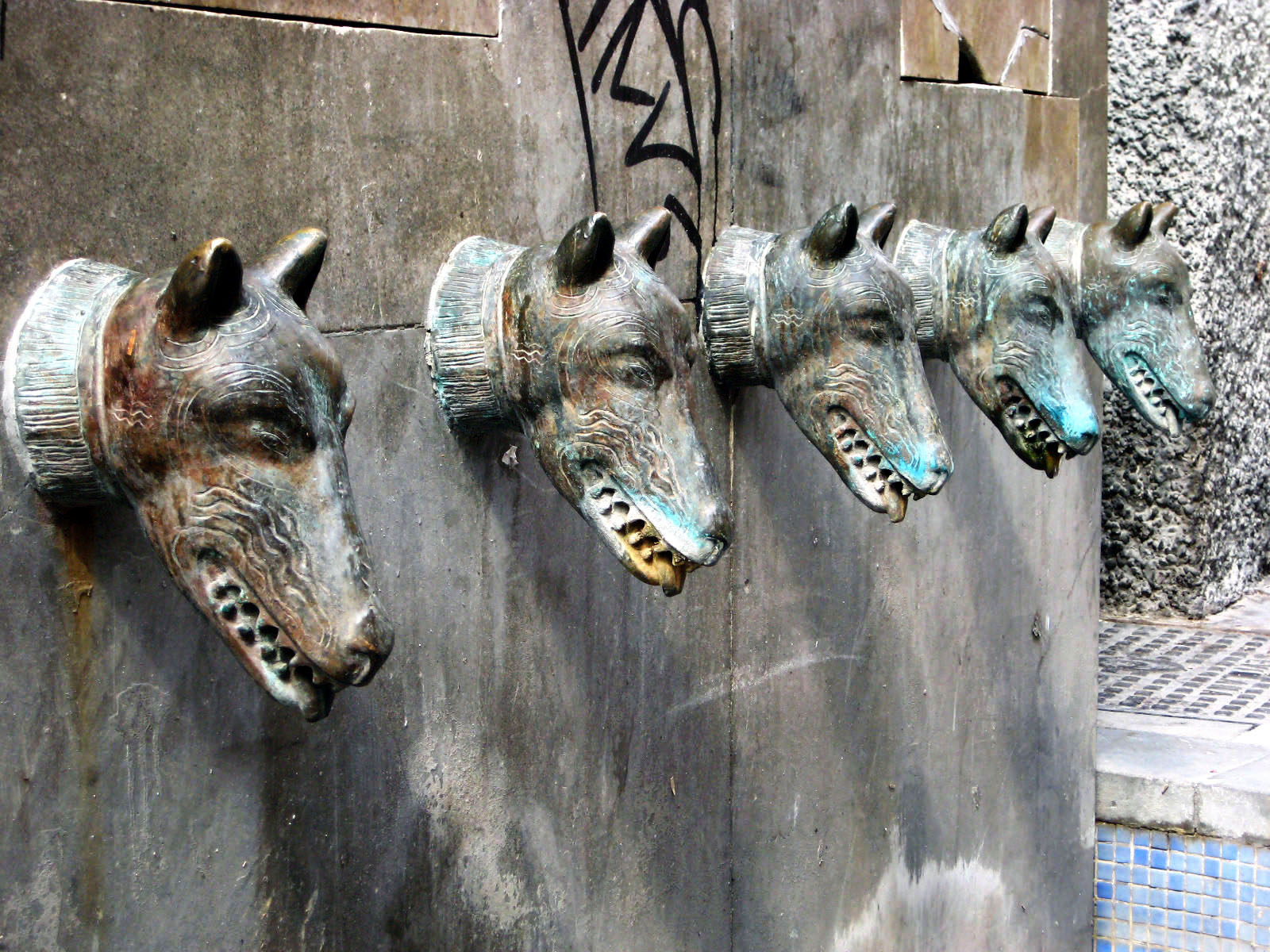 As the capital city of Costa Del Sol, Malaga is pretty seedy, but the old town is coming back. It went from the Phoenicians to Romans to the Carthaginians, to the Visigoths the Moors and Spanish. The famous song Malaguena was named after the Spanish gypsies of Malaga. For years the city had a reputation for robbery and other crimes. In fact we were warned by the hotel porter to visit Mallalla only in the day. But by the looks of the old town, the city is making a comeback, at least a comeback to the tourist trade. Granted, everything was closed up tight, but it looked like a very friendly town with a good civic pride. It just takes a little while to get through the vast ugly industrial web but there is a beautiful old city at the center.
As the capital city of Costa Del Sol, Malaga is pretty seedy, but the old town is coming back. It went from the Phoenicians to Romans to the Carthaginians, to the Visigoths the Moors and Spanish. The famous song Malaguena was named after the Spanish gypsies of Malaga. For years the city had a reputation for robbery and other crimes. In fact we were warned by the hotel porter to visit Mallalla only in the day. But by the looks of the old town, the city is making a comeback, at least a comeback to the tourist trade. Granted, everything was closed up tight, but it looked like a very friendly town with a good civic pride. It just takes a little while to get through the vast ugly industrial web but there is a beautiful old city at the center.
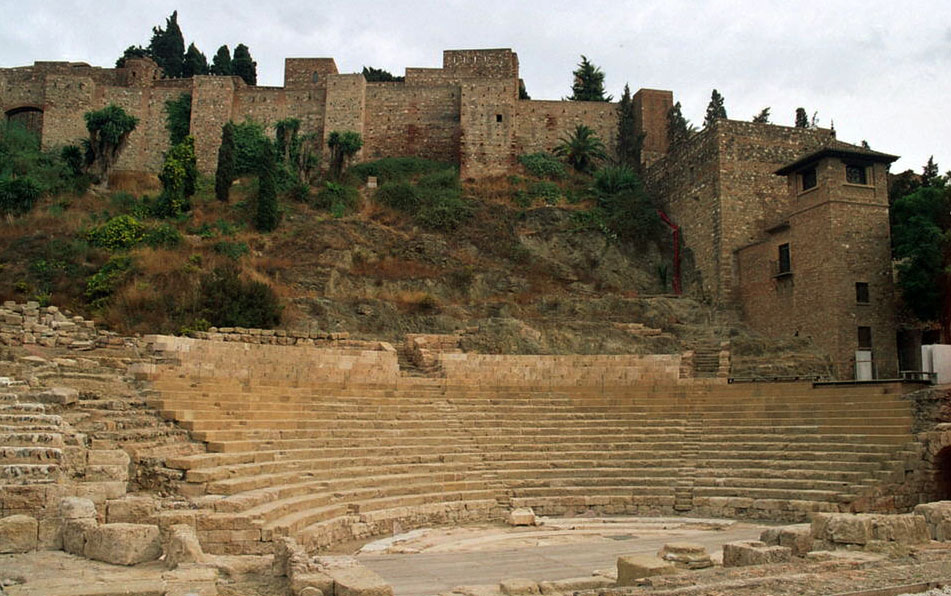 The 8th-11th century Alcazaba (Moorish fortress) with 2nd century Roman amphitheatre overlooks the bay. Inside the Gibralfaro Castle is a 4 star Paradore hotel. It commands a really beautiful view.
The 8th-11th century Alcazaba (Moorish fortress) with 2nd century Roman amphitheatre overlooks the bay. Inside the Gibralfaro Castle is a 4 star Paradore hotel. It commands a really beautiful view.
The Paradores are state run historic buildings (castles, fortresses, convents, monasteries and large villas) that have been renovated into 3 and 4 star hotels. They started in 1928 to promote tourism in Spain and since have increased in size to over 90 hotels all over the country. We’ve stayed in many of them. They range from country rustic to luxury and all the buildings are historical treasures.
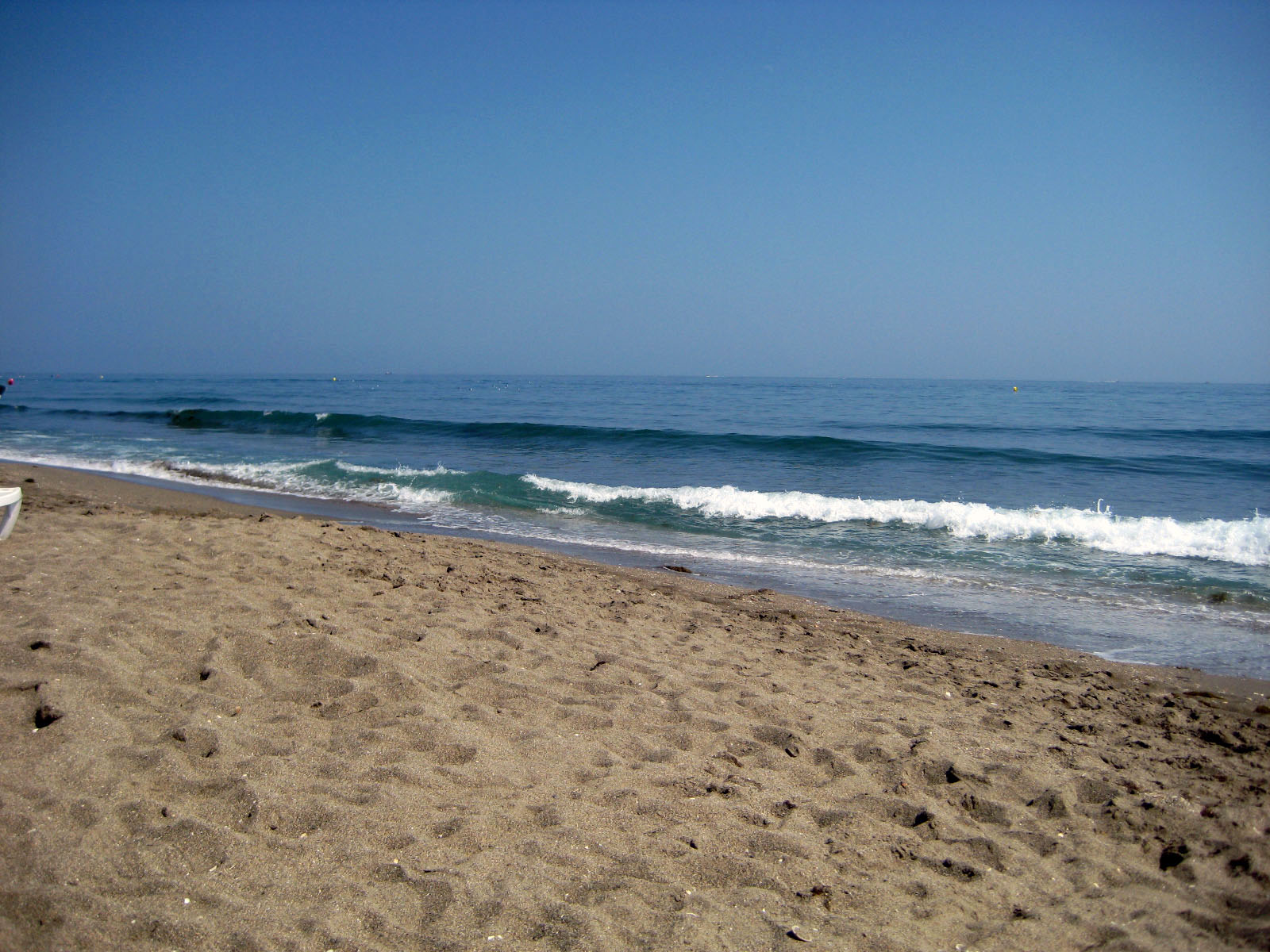
You must be logged in to post a comment.